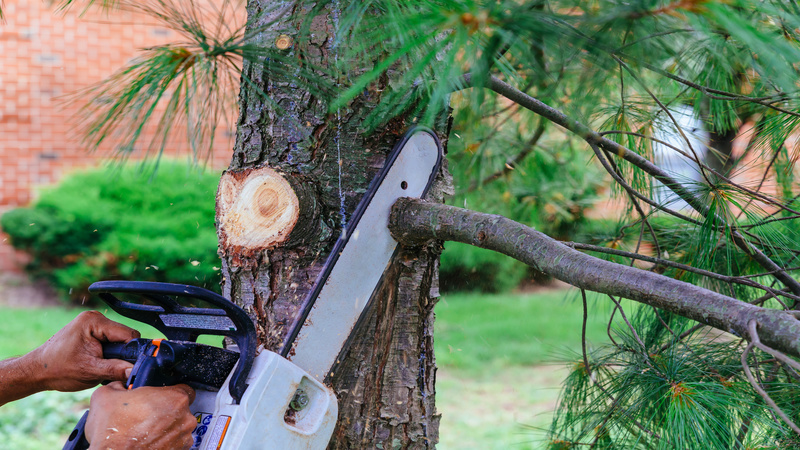Check valves are used to prevent the back flow of a fluid in a pipeline system. Like the valves within our blood circulatory system, they are designed to be opened and closed by the pressure of the fluid itself. The upstream pressure will open the valve allowing free flow downstream, while the opposite would close the valve.
The types of check valves include the butterfly, stop, tilting disc, lift and swing check valves. Of these, swing check valves are the most affordable and effective hence they are more commonly used.
The API 6D swing check valve
The API 6D swing check valve is used often in the oil and gas industry to prevent the back flow of oil and gas products. They have a bolted cover and a swinging clapper, which will move in response to the flow of the fluid to allow forward motion or restrict back flow. The clapper is set up for split-second movements, and it will return to the closed spot immediately when fluid flow ends. This instant barrier created is what prevents back flow.
Swing check valves are full-bore, meaning that they allow unimpeded flow when they are open. This is key because, for oil and gas products, unrestricted flow is vital to ensure optimal performance. This full-bore design will allow a low-pressure drop and facilitate the opening and closing of the clapper. Free flow of oil or gas will mean lowered pumping costs, leading to overall savings in production.
The valve ends are designed to meet pipeline requirements, having either ring-type joint flanges, a raised face, or weld ends. These ends are meant to allow seamless installation with flanges, for example, having a level surface for even bolt loading.
Swing check valves are also useful in water and waste-management systems and will be used as stoppers in toilets, for flood prevention in sewer systems, and in firefighting equipment.
A concern to look out for in this type of valve is the water hammer, or the banging sound in a piping system when a fluid’s flow is forced to change direction or stop quickly. It is induced by the accompanying pressure charge, and though seemingly harmless, it may generate increased pressure that exceeds the piping system threshold.

